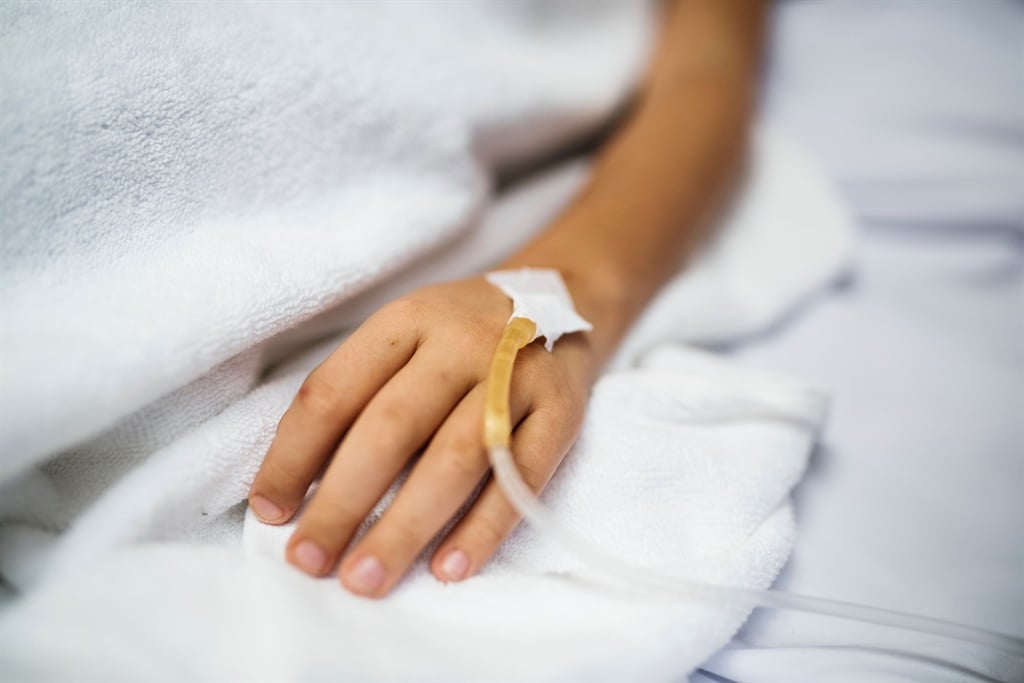
From a young age I have been exposed to the reality of cancer. My mum was diagnosed with breast cancer at age 31. At the same time, my grandmother was undergoing treatment in her mid-50s.
My maternal family has a history of four generations of a genetic predisposition to breast and ovarian cancer. My mum and grandmother both tested positive for the BRCA 1 gene. It was inevitable that I would have to undergo genetic testing too.
READ MORE: 5 signs of breast cancer that have nothing to do with lumps
At 24 years old, after receiving genetic counselling, providing a blood sample and waiting three weeks for results, the counsellor sat in front of my dad and myself and told me that I was positive with an 87 percent risk of getting cancer in my lifetime.
What exactly is the BRCA 1 gene?
The name “BRCA” is short for “breast cancer gene”. Everyone has BRCA 1 and BRCA 2 genes, but some people’s genes don’t have normal functionality, which then becomes gene mutation. These mutations can be passed from one generation to the next.
READ MORE: Exactly what to do if you notice a lump in your breast
I was given two preventative measures: have regular screening such as an MRI scan or mammogram every six months, or reduce the risk considerably by having a radical double mastectomy.
Personally, constant screening is more emotionally draining and extremely costly. The thought of lying in the MRI machine for two hours being injected with a dye that burns as it goes through your veins gives me the jitters.
I couldn’t stand the chance of cancer appearing at any point in my life, so I chose to have a prophylactic double mastectomy with immediate reconstruction.
But things don’t always go as planned…

This picture is me on the day of my surgery, before going in. The surgery was scheduled for two hours, but unexpectedly took five hours due to complications. Fibroids and dense tissue made surgery more difficult.
A mole and enlarged nodes were also discovered. While histology results came back negative, it confirmed that my mastectomy decision was the correct one.
I was disappointed that the implant size I wanted didn’t materialise and I had to endure two additional cuts and scars (four cuts and two drain incisions in total).
The lesson: don’t have expectations going into such a procedure – things may not go as planned.
The worst part of the process was having drains inserted on either side of my breasts to drain all the excess blood.
Every movement or turn tugged at the drain, which was excruciating.
READ MORE: 7 early warning signs Of stomach cancer every woman should know
People were right when they said that the four days in hospital was going to be the “honeymoon period”. Only when I got discharged did reality sink in.
I was unable to shower for several weeks until the drains came out and my wounds healed. The only perk was getting my hair washed for me.
To this day, I find sleeping on my back in one position hard to adjust to. Tip: get extra pillows – a pregnancy pillow is a bonus.
The recovery

This is me three days after the operation. I was surprised by how quickly my body adapted to change: a few weeks after surgery, my nipples and scars started scabbing.
I was also surprised when I started getting an electrocuting, shocking feeling run down my arms at night. Thankfully, my surgeon was on speed dial.
Her response: think of your nerves as power lines. As soon as you interfere with them (removing the nodes under my arms) there is no longer a smooth running line, hence the shocking surge.
This pain doesn’t happen to everyone and lasts different lengths of time.
READ MORE: 9 lung cancer symptoms all women should keep on their radar
Another thing that takes time getting used to is the loss of feeling in your breasts and underarms, but at least now I won’t have to deal with the pain of underarm waxing!
Prevention is better than cure
I’ve never been happier with my decision – and I plan to have a hysterectomy at 35 to reduce my risk of ovarian cancer. I’ve sacrificed breastfeeding when I have kids, but to me it was a choice between breastfeeding or prolonging my life…
READ MORE: Every woman should know how breast cancer affects fertility
And if this mutation (BRCA gene) can pass from generation to generation, how can I prevent it from passing on to my offspring? Well, there is pre-implementation genetic testing using in vitro fertilisation (IVF) to test for the gene mutation and remove it.
There are obviously a lot of factors to consider and it is costly, but it just shows that with the advancement of technology and science, there is always a way.
This article was originally published on Women's Health




 Publications
Publications
 Partners
Partners















